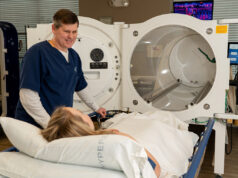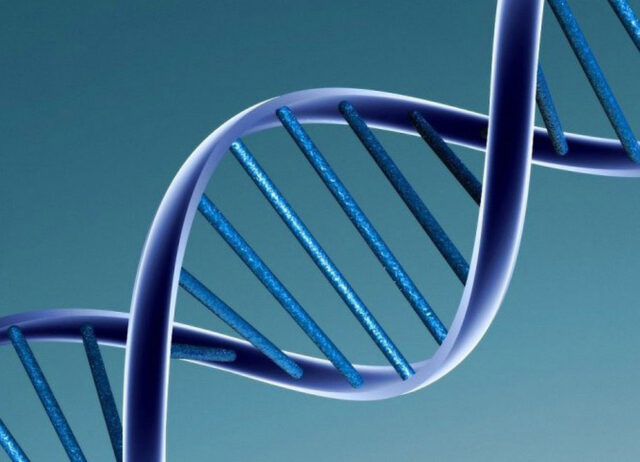
In the last year alone, there were more than 10 million of commercial DNA testing kits sold, and the number of these test kits sold every year is steadily growing. Judging by those numbers alone, it is quite obvious that people believe in accuracy of these tests, otherwise, what would be the point in buying them?
However, seeing how all humans share 99.9% of DNA, we just have to wonder – are these tests really that accurate? Well, we’ve consulted with professionals to try and find an answer to this question, and what we found out might just surprise you.
How Does It All Work?
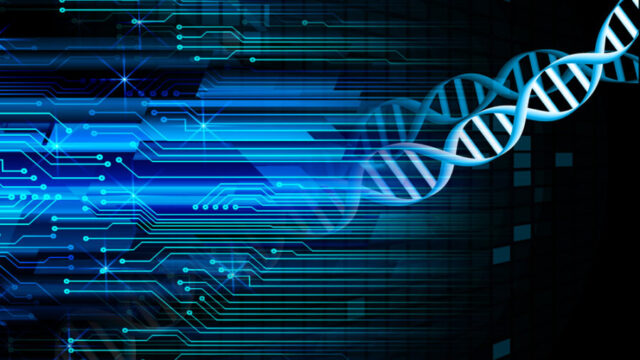
It all starts with a simple kit you order online. These kits, alongside the tests, usually cost somewhere between $60 and $100, and all you have to do is either take a swab or spit into a tube and mail it back to a company like CRI Genetics. From that point on, all you have to do is sit and wait for the results to come.
The human genome is composed out of about 3 billion base pairs (A-T, G-C). These pairs make up our genetic code which contains all the necessary information about a person. Now, if you think any company is going to go through every single pair of our genome – you’re wrong. Not only would that take incomprehensible amount of time to do, but as we’ve already said, all humans share 99.9% of their DNA, so it would also be pointless to test them all one by one.
Instead, scientists have developed a neat little trick to only focus on the parts of the human genome that is usually different from person to person. They look for spots where we might notice a variation in the nucleotide placement. If you don’t know what a nucleotide is – it’s one half of the base pair. Basically, some people would have a base pair that goes T-A, while other might have an A-T pair in that same place. These variations are referred to as SNPs, or snips.
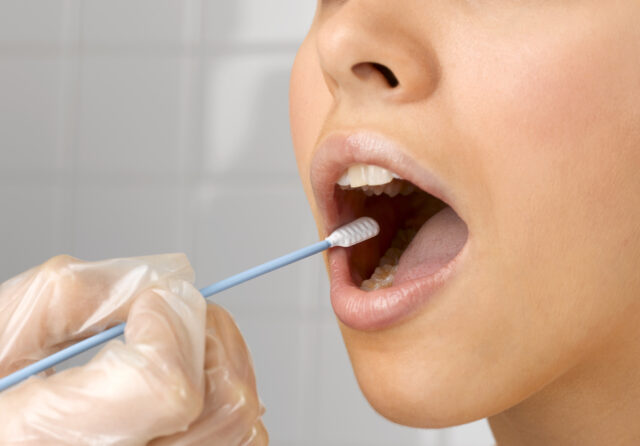
Even though a single variation might seem insignificant seeing how there are another 3 billion base pairs apart from that one – it really isn’t. That seemingly insignificant difference in base pair order could be the difference between someone having black or red hair, or blue or green eyes.
As you are probably aware, you can’t just put some saliva under the microscope and “read” the genetic code. To gain access to the genetic code, the companies first must extract the DNA from the saliva. They do that by removing proteins, debris, and all the other extra stuff until they’re only left with DNA. After they do that, they copy your DNA, and separate those copies into smaller portions, which are then fed to a machine called genotyping array.
Now, this is a gross oversimplification, but a genotyping array works sort of like a coin sorter, only it does not sort coins but SNPs. It goes through a small portion of the DNA, and then it separates them into chunks, showing the scientists which SNPs you’ve inherited, which SNPs are different, and where they’re located in the genome.
How Many SNPs Are Tested When You Send A DNA Sample?
Now that we know that no company tests all 3 billion lines of DNA code, but they isolate smaller portions of the DNA to actually test, we have to ask – how many do they do test? Well, generally speaking, companies that perform these tests usually analyse around half a million SNPs.
Sometimes, they could analyse a bit more, but that is not a common practice.
How Do SNPs Define Our Genetic Results?
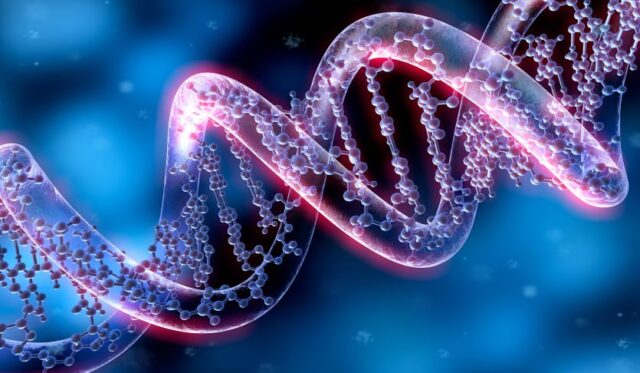
Seeing how a large portion of the genetic code is virtually insignificant (for testing purposes), scientists focus on the ones that are. And, those SNPs that actually matter during these tests, matter because you’ve inherited them.
How Do Scientists Know Which SNPs We Have Inherited?
None of this would’ve been possible without a DNA database to compare the results to. For instance, when you’re doing a paternity test, you don’t need a database to rely on because you have two DNA samples that are compared to one another. But, in case of commercial DNA tests which are most commonly used for determining ancestry, or finding a perfect diet for your genome – you do need a database to bounce the results off of.
What these companies do, and how they come to conclusive results is by comparing the DNA you’ve provided them against a massive database of DNA data collected over the years. For instance, if your SNPs show that you have Irish roots, the companies like the one we’ve mentioned will compare your results with results of other people with Irish roots. They will essentially look for common ancestry between the two and match the identical SNPs.
How Accurate Are These Tests?
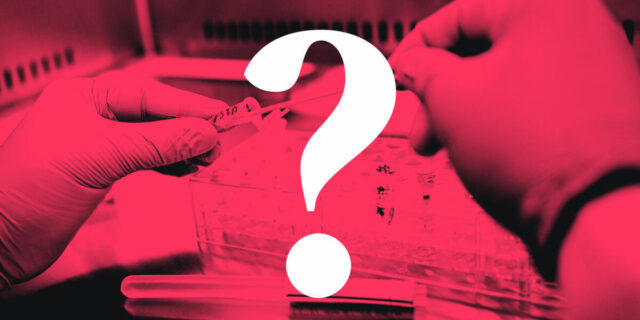
Seeing how a vast majority of the DNA sequence isn’t tested, just how accurate are these tests? People have tried to dispute the accuracy of these tests by sending samples to different testing companies, and when they’ve received different results from each of them – they claimed that they’re not accurate. Well, seeing how we’ve just explained that these tests are done by comparing your results against a database, those errors can easily be attributed to discrepancies in the databases.
But, what about identical twins? They should have the exact same DNA, yet there have been reports of even those results varying from one another. How’s that possible?
The commercial tests are 99.9% accurate, and that is not up for a debate. That’s remarkably accurate. Then, how can identical twins receive different results? Well, 99.9% accuracy simply means that if you test 500,000 or a million SNPs, you can realistically expect to encounter around 500 or 1000 errors along the way. And, that is precisely why sometimes these tests seem to be inaccurate.
Conclusion
Overall, we still have a long way to go. We still don’t fully understand the human genome or all the secrets it contains. However, if you want to spit in a cup and send your saliva to a company to perform a DNA ancestry test – feel free to do so. You will receive almost perfectly accurate results.
And, if you happen to read that you’re 2% Chinese, even though you’re pretty sure you’re not, just remember that if you go back far enough – we’re all related to one another. We’re all a fraction Chinese, Chillan or Egyptian – and that’s a fact.



